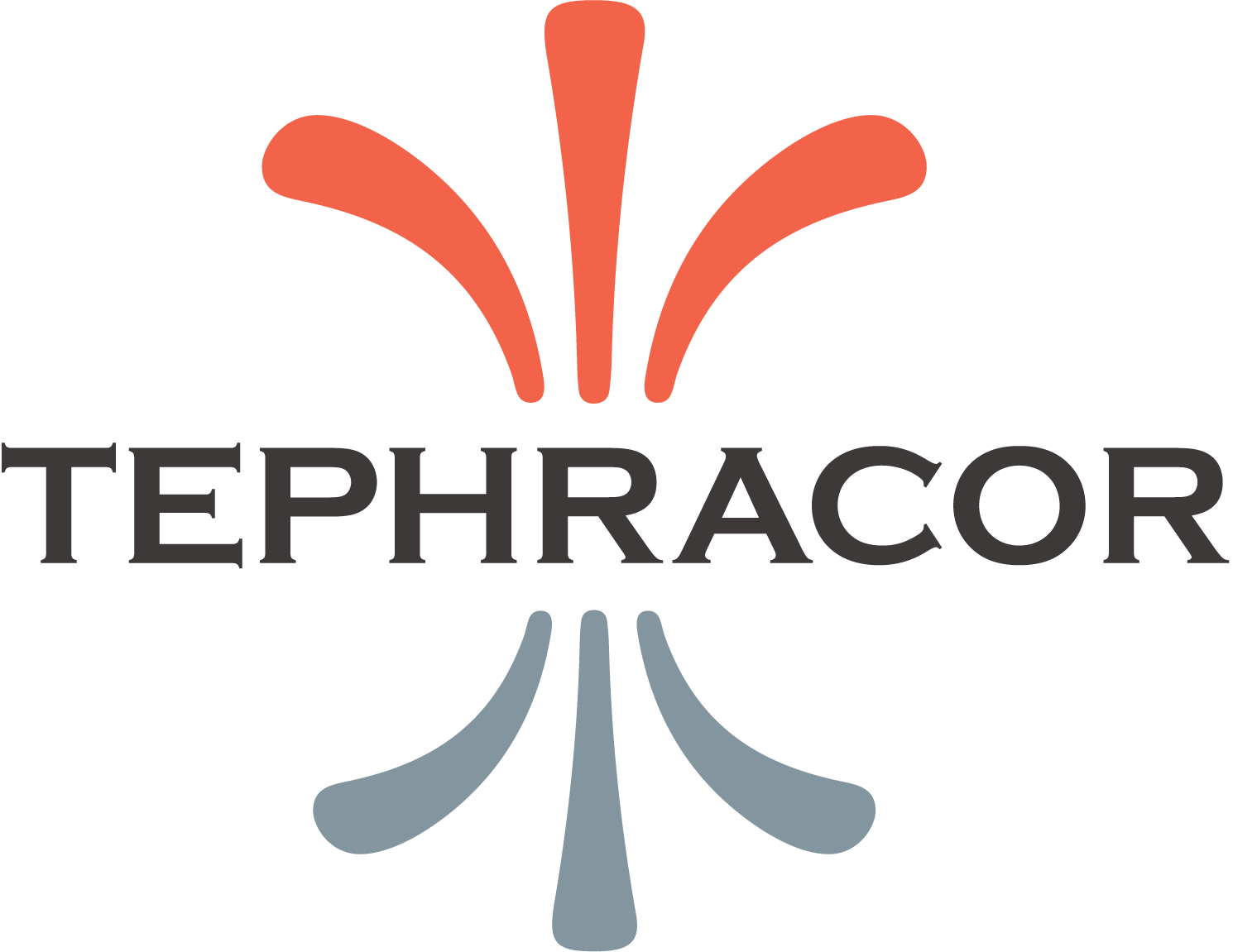FAQs
-
The amount of TephraMax® applied depends on the crop, soil type, and climate. Typical application rates are 1-5 ton/acre. This application is good for up to 5 years. Some situations will benefit from reapplication after 1 or 3 years.
-
TephraMax® may be applied before planting in the spring or in the late fall. The optimal time is shortly before planting so that the initial boost of nutrients are available after germination. Particles in TephraMax® will remain in the soil for up to five years. Depending on the initial application amount, reapplication is recommended in intervals of 1-5 years.
-
Published scientific results from tests related to carbon dioxide removal using ERW indicate crop yield increases of >20% for corn and soybeans. TephraMax has produced 20% increases in corn yields and 10-20% increases in bell pepper yields in the USA.
-
Yes
-
TephraMax® may be applied using a lime spreader, fertilizer spreader, compost spreader, or similar spreading equipment.
-
Any broadcast spreader.
-
Corn, soybeans, sorghum, cocoa, sugarcane, range grass, radish, oats, potato, cabbage, and quinoa have all been grown in the ingredients used in TephraMax®.
-
Yes, the ingredients of TephraMax® are approve approved for organic production.
-
Current tests are underway on corn and soybeans in South Carolina, corn in Indiana, wheat and beets in Oregon, range grass in Florida, hazelnut trees in Oregon, and pistachio nut trees in California. Trials on squash, peppers, peaches, peanuts, and sugarcane are also planned for this year.
-
Yes, TephraMax® is being tested on row crop at commercial farms in Oregon and Indiana and nut tree farms in Oregon and California.
-
University of California Davis, University of Illinois, Cornell University have evaluated the ingredients used in TephraMax® as a soil amendment for improving crop production and atmospheric carbon dioxide removal.
-
The ingredients in TephraMax® have been widely tested by agricultural universities in many countries, including Brazil, United Kingdom, Germany, Belgium, Malaysia, Indonesia, Russia, China, Denmark, Ghana, and Cameroon.
-
The basalt ingredients are widely used in Brazil where there are federal guidelines for application. Basalt soil amendments are currently used to support crops in several European countries, in Malaysia and Indonesia.
-
The initial cost of TephraMax® should be spread over its extended benefit period, effectively lowering the annualized cost for comparison. Additionally, traditional potassium (K) and phosphorus (P) fertilizers can be gradually reduced, leading to significant fertilizer cost savings for growers. When factoring in potential revenue from carbon credits, TephraMax® could ultimately be cost-neutral or even free to use.
-
Yes
-
Atmospheric and soil CO2 combine with H2O to make carbonic acid. The carbonic acid reacts with the minerals in TephraMax® resulting in bicarbonate ions which are dissolved in pore water and eventually are transported to the ocean where the carbon is stored for thousands of years. In dry climates some of the bicarbonate remains in the soil as carbonate minerals.
